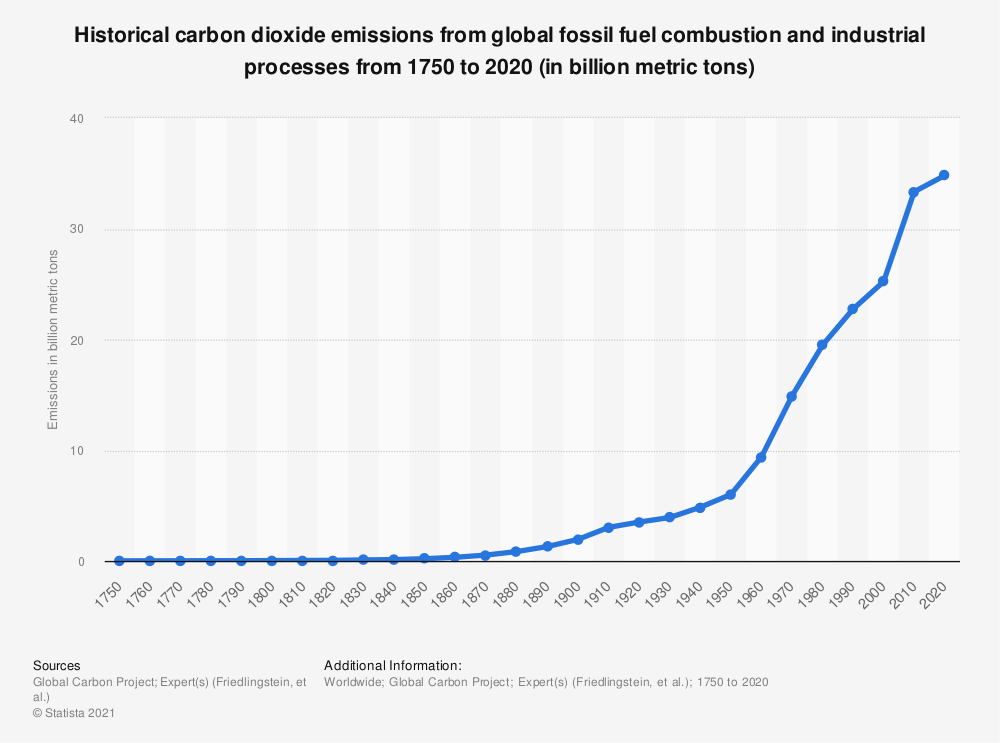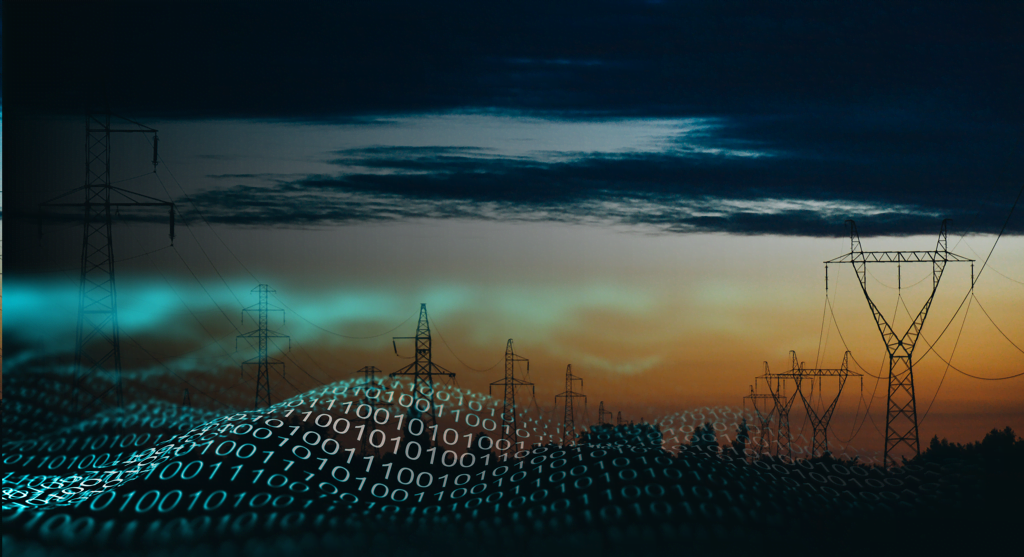When it comes to the energy transition, collectively, we’re in a pivotal moment and utilities can feel it.
The ultimate objective of the energy transition is clear, the decarbonisation of the global energy system in order to achieve net zero emissions and a global temperature rise of no more than 1.5 °C by the end of the century.
The ultimate replacement of hydrocarbons by renewable power and other forms of decarbonised energy will be fundamental to this process.
Nevertheless, it is important to recognise that the transition is, as its derivation suggests, a process of moving from one state to another, and if it is to be successful must involve the managed decline of the existing energy system as well as its transformation towards a future state.

Digital as the sustainability enabler
Digital is the thread running through all these solutions, and the glue that holds it all together.
Think about cities: digital solutions are going to be critical to help match supply and demand. As an example of that, consider the shifting picture for demand/supply as electric vehicles increasingly come online in large numbers, and the charging set-ups needed to facilitate that. Smart charging will be essential, with emergence of the prosumer, wanting to sell unused charge back to the grid. All of this requires hugely sophisticated systems, and without digital, none of it will happen.
The same goes for industry, as electrification scales up at pace. This means grid modernization and digitization will be critical. And again, a digital backbone makes it all happen.
But it goes further in reality.
Because many researches show there’s real value to be had at the intersection of digital and sustainability, with companies pursuing this D+S transformation (digital + sustainability) 3X more likely to be among tomorrow’s strongest-performing businesses.
Decarbonizing industry
Net zero depends on decarbonizing industry, which accounts for more than 30% of global emissions. Meanwhile, industrial emissions are some of the hardest to abate due to high temperature requirements, interconnected industrial processes, etc.
But decarbonizing industrial clusters can address these challenges in many markets. Essentially these clusters are geographic areas where industries are co-located, providing opportunities for scale, sharing of risk and resources, aggregation and optimization of demand.
By applying a blend of integrated energy transition solutions from distributed clean energy microgrid, artificial intelligence services platforms as well as integrated data analytics, many utilities have already achieved more than 10% reduction in its energy consumption per unit of GDP as well as over 15% reduction in emissions intensity over the past four years.
Decarbonizing cities
Cities are equally crucial: by 2050 over two-thirds of the world’s population will be living in cities. And this shift will be especially pronounced in areas such as Asia and Sub Saharan Africa.
These will be challenging times for cities, more people equaling rising demand for resources, while the sustainability imperative remains as pressing as ever.
But it’s not all bad. Decarbonizing cities not only addresses climate risks, but can also have a hugely beneficial impact on public health, jobs, resiliency and even social mobility. And consumers are ready, with individuals increasingly receptive to energy efficient lifestyles. So what does it take to get this right? In my experience, a lot comes down to bringing together the right group of stakeholders together to consider the full suite of policy, technology and digitally enabled solutions is critical to enabling and scaling change.

